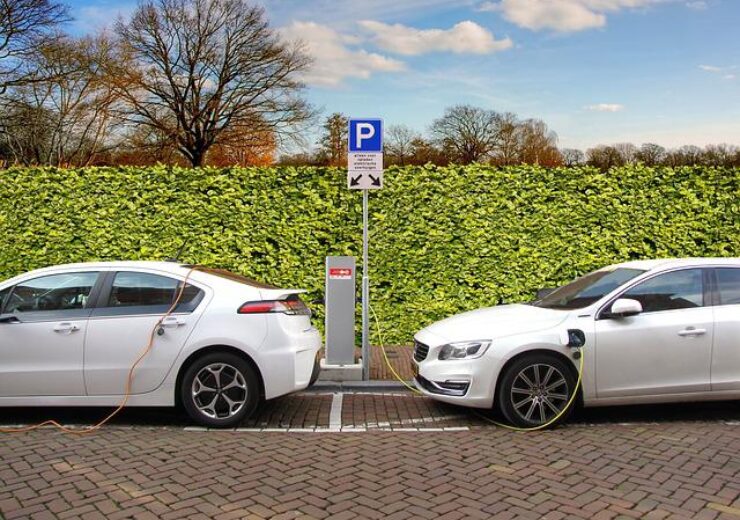The lithium-ion battery production facility in Kokomo is expected to begin operations in Q1 2025

Stellantis, Samsung SDI to create an EV battery JV in Indiana. (Credit: (Joenomias) Menno de Jong from Pixabay)
Stellantis and Samsung SDI have agreed to jointly invest over $2.5bn to establish a lithium-ion electric vehicle (EV) battery manufacturing facility in Indiana, US.
The plant to be built in Kokomo will initially have an annual production capacity of 23 gigawatt-hours (GWh), when it begins operations in Q1 2025. It is eventually aimed to have a capacity of 33GWh in the next few years.
The total capacity of the plant will ramp up further as demand for Stellantis’ EVs is expected to increase.
Stellantis and Samsung SDI have executed binding, definitive agreements for setting up the lithium-ion battery manufacturing facility.
The joint venture (JV) company to be formed by the duo is expected to generate 1,400 new jobs in Kokomo and the neighbouring areas. Its investment in the battery manufacturing facility could increase gradually to $3.1bn.
The new plant will supply battery modules for a variety of vehicles manufactured at Stellantis’ assembly plants across North America.
Stellantis and Samsung SDI plan to begin plant construction works later this year.
Stellantis CEO Carlos Tavares said: “Just under one year ago, we committed to an aggressive electrification strategy anchored by five gigafactories between Europe and North America.
“Today’s announcement further solidifies our global battery production footprint and demonstrates Stellantis’ drive toward a decarbonised future outlined in Dare Forward 2030.”
Samsung SDI, which is a manufacturer of rechargeable batteries, will apply its PRiMX technology at the Indiana plant to produce EV battery cells as well as modules for the North American market.
Samsung SDI CEO Yoonho Choi said: “We have secured a solid foothold in a rapidly growing North American EV market through the joint venture with Stellantis.
“We will make sincere efforts to bring satisfaction to the market with top-class quality products in the future, and we will contribute towards meeting the climate change target.”
The closing of the joint venture agreement is subject to regulatory approvals and other customary conditions.
Last year, Stellantis revealed plans to source over 260GWh of batteries by 2030. As part of this, the Netherlands-based automaker plans to build five gigafactories in Europe and North America.


